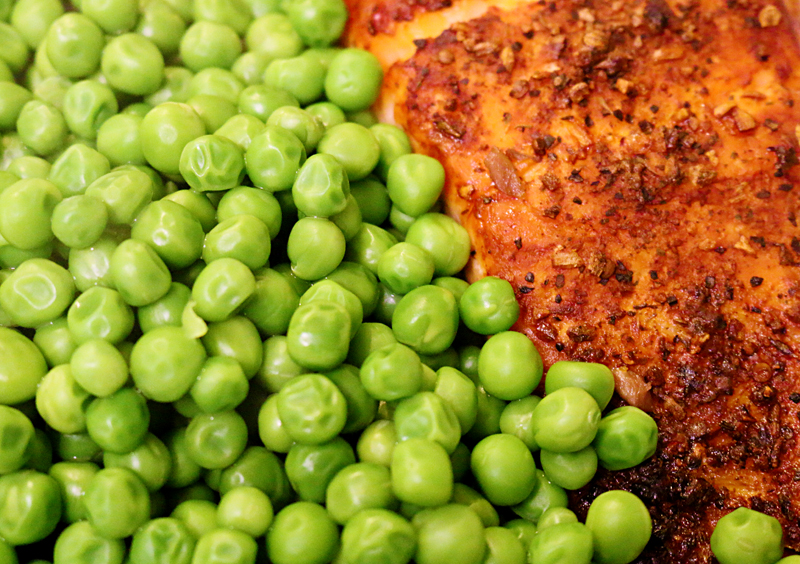“S eafood is an important part of diets for more than 3 billion people and with 90% of our fish stocks overfished or fished to their ecological limit, the need to source seafood from responsible fisheries and farms is more critical than ever.”
Global Commitment of Hilton to Responsibly Source Seafood by 2022: Progress Update
The first year of the initiative for Hilton to responsibly source the seafood it serves its guests by 2022 has elapsed; and this progress report pertaining to the sustainability of seafood — which was released last week — reveals the lessons which have already been learned up to this point and details how Hilton:
- Has collected and analyzed available seafood purchasing data — to establish a baseline of its seafood purchasing data — across:
- Greater than 350 hotel and resort properties
- 500 suppliers; and
- 57 species groups
- Has developed complementary training resources on responsible sourcing and sustainable seafood; and has rolled them out to team members worldwide — as well as involving guests in the efforts — through eLearning modules to increase internal awareness, drive tangible action and engage suppliers
- Became the first global hotel company to achieve certification from the Marine Stewardship Council for 60 owned, leased and managed hotel and resort properties in Europe — specifically within the United Kingdom, Netherlands and Belgium, which currently serve up to 14 species certified by the Marine Stewardship Council in their outlets that include cod, pollock, salmon and scallop
- Specifically, the Hilton Singapore was the first hotel property ever to receive Chain of Custody certification for seafood certified by both the Marine Stewardship Council and the Aquaculture Stewardship Council
- Successfully worked with Sysco — which is a major food service distributor — in the Americas on a national shrimp program to assist Hilton in achieving its stringent goals in 2022
- Participated in the International Mahi Mahi Fishery Improvement Project Workshop in Peru, and signed support for the Fishery Improvement Project alongside 25 other major seafood buyers and importers based in the United States
Sustainable Seafood Goals
As was reported in this article on Earth Day 2017 back in April, Hilton announced a multi-year implementation of strong global sustainable seafood goals on World Oceans Day back in June of 2016 in collaboration with World Wildlife Fund through three primary goals which comprise the commitment — which follows the global ban on shark fin from restaurants and food and beverage facilities of Hilton in 2014 — by Hilton towards sustainable seafood by the year 2022:
- Protect the Endangered — Through a global ban, eliminate the procurement of endangered species identified by World Wildlife Fund using the rankings from both the International Union for Conservation of Nature and the Convention on International Trade in Endangered Species of Wild Fauna and Flora from all owned, leased, managed and franchised hotel and resort properties of Hilton — as well as transition its seafood purchasing to sustainable and responsible sources.
- Buy From the Best — Hilton will source at least 25 percent of its total global seafood volume for owned, managed and leased properties from fisheries certified by the Marine Stewardship Council and farms certified by the Aquaculture Stewardship Council by 2022. Currently at seven percent, Hilton acknowledges that “there is a need to improve our procurement tracking to ensure traceability to sustainable and responsible sources.”
- Invest in the Rest — For tuna products, Hilton will source from companies which participate with the International Seafood Sustainability Foundation. The remaining seafood will be sourced from fisheries and farms which:
- Have entered into the official process of full assessment for certification against standards established by both the Marine Stewardship Council and the Aquaculture Stewardship Council
- Are working toward certification from both councils
- Are engaged in comprehensive fishery and aquaculture improvement projects
- Are listed as “green” species specific sources on regional seafood guides of the World Wildlife Fund, which will help Hilton measure and report progress to ensure the company is on track to achieve its goals
Summary
An estimated ten percent of the known seafood procurement volume of Hilton currently meets its aforementioned Buy from the Best and Invest in the Rest criteria.
As a person who enjoys dining on seafood of many varieties — I can do without cuttlefish, thank you — I would like for the supply to continue well into the future. Sustainability efforts from global companies such as Hilton helps to ensure that hope.
I am also working on an article which will detail an exclusive conversation I had with Maxime Verstraete — who is the vice president of corporate responsibility for Hilton — and I learned about a number of initiatives in which Hilton is involved. Many of those initiatives were outlined in this aforementioned article — including recycling initiatives as well as more responsible uses of energy, water and soap — in addition to the sustainability of seafood.
You can learn more about the commitment of Hilton to sustainable seafood and its other environmental sustainability initiatives through its Travel With Purpose program.
Salmon — shown in the photograph at the top of this article — and shrimp are the top sourced species by volume globally of Hilton. Photograph ©2016 by Brian Cohen.
